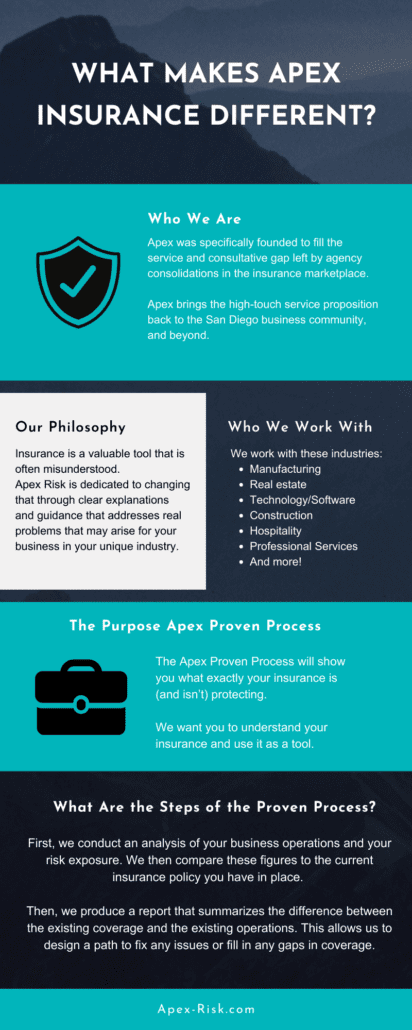10 Simple Techniques For Pacific Prime
Wiki Article
More About Pacific Prime
Table of ContentsFacts About Pacific Prime RevealedThe Main Principles Of Pacific Prime Pacific Prime - TruthsThe smart Trick of Pacific Prime That Nobody is DiscussingAbout Pacific Prime

This is due to the fact that the data were accumulated for a duration of strong financial performance. Of the estimated 42 million people that were without insurance, all however concerning 420,000 (regarding 1 percent) were under 65 years old, the age at which most Americans come to be eligible for Medicare; 32 million were grownups between ages 18 and 65, around 19 percent of all grownups in this age; and 10 million were youngsters under 18 years of age, concerning 13.9 percent of all children (Mills, 2000).
These quotes of the variety of individuals uninsured are produced from the yearly March Supplement to the Existing Population Study (CPS), performed by the Census Bureau. Unless or else noted, nationwide price quotes of individuals without medical insurance and proportions of the population with different sort of coverage are based on the CPS, one of the most extensively made use of source of quotes of insurance policy protection and uninsurance prices.
The 5-Minute Rule for Pacific Prime

Still, the CPS is specifically valuable due to the fact that it generates annual quotes fairly swiftly, reporting the previous year's insurance protection approximates each September, and due to the fact that it is the basis for a constant set of estimates for greater than two decades, permitting analysis of trends in coverage in time. For these reasons, as well as the extensive usage of the CPS in other researches of insurance policy coverage that exist in this record, we depend on CPS estimates, with constraints noted.

The estimate of the variety of uninsured individuals broadens when a population's insurance policy condition is tracked for numerous years. Over a three-year period beginning early in 1993, 72 million people, 29 percent of the U.S. https://www.imdb.com/user/ur179624537/. populace, lacked coverage for at the very least one month. Within a single year (1994 ), 53 million people experienced a minimum of a month without protection (Bennefield, 1998a)
Six out of every 10 without insurance adults are themselves employed. Working does boost the probability that one and one's household participants will have insurance policy, it is not a guarantee. Also members of families with 2 permanent breadwinner have virtually a one-in-ten possibility of being uninsured (9.1 percent uninsured price) (Hoffman and Pohl, 2000).
The 8-Minute Rule for Pacific Prime
New immigrants account for a significant proportion of individuals without wellness insurance coverage. One evaluation has connected a substantial section of the recent development in the size of the united state without insurance population to immigrants who got here in the nation in between 1994 and 1998 (Camarota and Edwards, 2000). Recent immigrants (those who pertained to the United States within the past four years) do have a high rate of being without insurance (46 percent), yet they and their kids make up simply 6 percent of those without insurance coverage country wide (Holahan et al., 2001).The partnership between health and wellness insurance policy and accessibility to care is well developed, as recorded later in this chapter. Although the connection between health and wellness insurance policy and health outcomes is neither straight nor basic, a considerable clinical and health services research literature links health and wellness insurance coverage to improved access to care, better high quality, and enhanced individual and populace health status.
Degrees of evaluation for taking a look at the impacts of uninsurance. This conversation of medical insurance protection focuses primarily on the united state population under age 65 due to the top article fact that virtually all Americans 65 and older have Medicare or various other public protection. Furthermore, it concentrates specifically on those with no medical insurance for any size of time.
How Pacific Prime can Save You Time, Stress, and Money.
The problems dealt with by the underinsured are in some aspects comparable to those faced by the uninsured, although they are generally less extreme. Health and wellness insurance policy, however, is neither required nor sufficient to obtain accessibility to medical services. The independent and straight impact of health insurance policy protection on access to health solutions is well established.
Others will certainly acquire the healthcare they need even without health and wellness insurance coverage, by spending for it out of pocket or seeking it from service providers that use care free or at very subsidized prices. For still others, medical insurance alone does not guarantee invoice of care due to the fact that of other nonfinancial obstacles, such as a lack of health and wellness treatment suppliers in their community, minimal access to transport, illiteracy, or etymological and cultural distinctions.
Pacific Prime for Dummies
Formal research regarding without insurance populaces in the USA dates to the late 1920s and very early 1930s when the Board on the Cost of Treatment produced a series of reports regarding funding medical professional workplace check outs and hospital stays. This concern came to be salient as the numbers of medically indigent climbed during the Great Anxiety.Report this wiki page